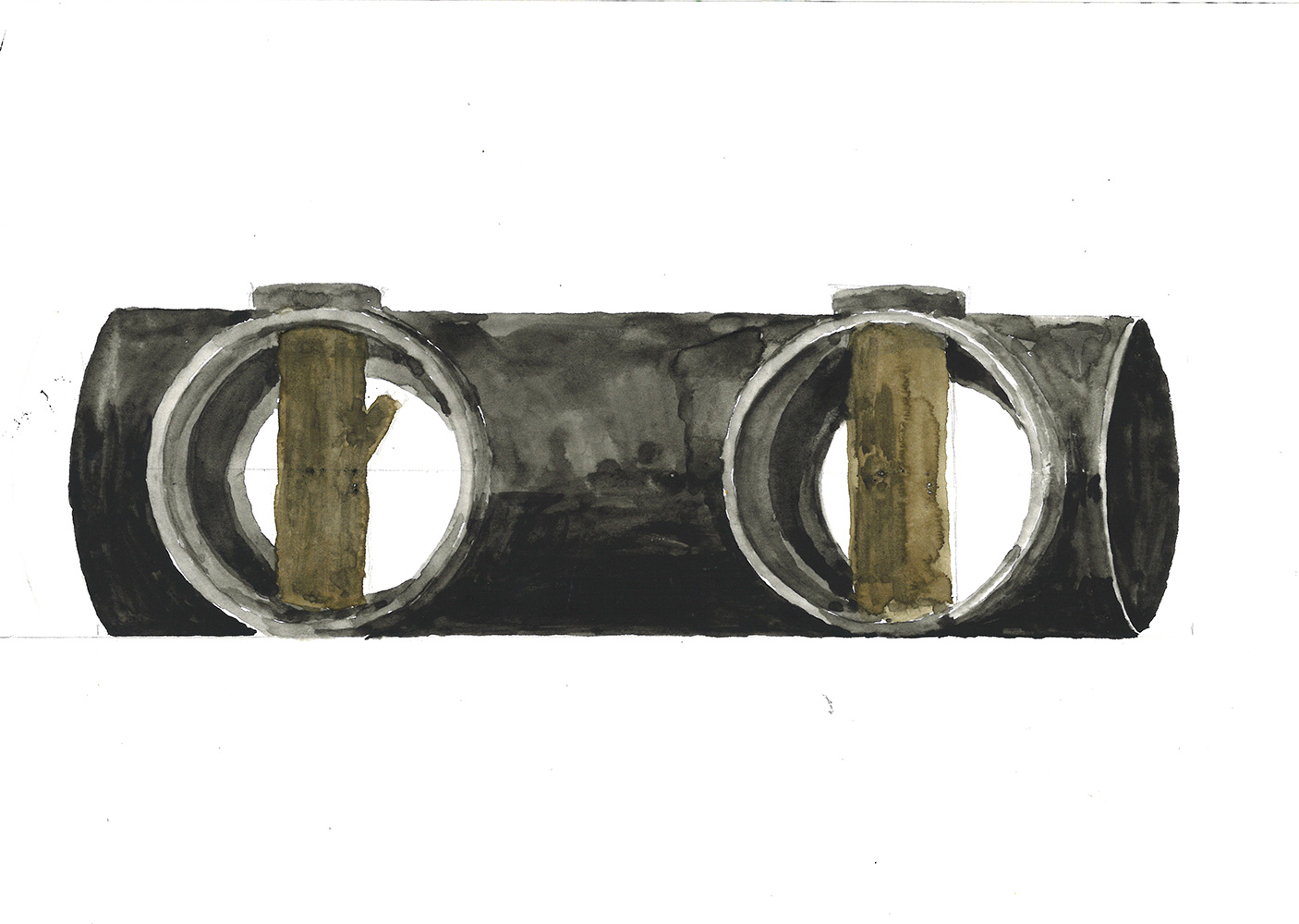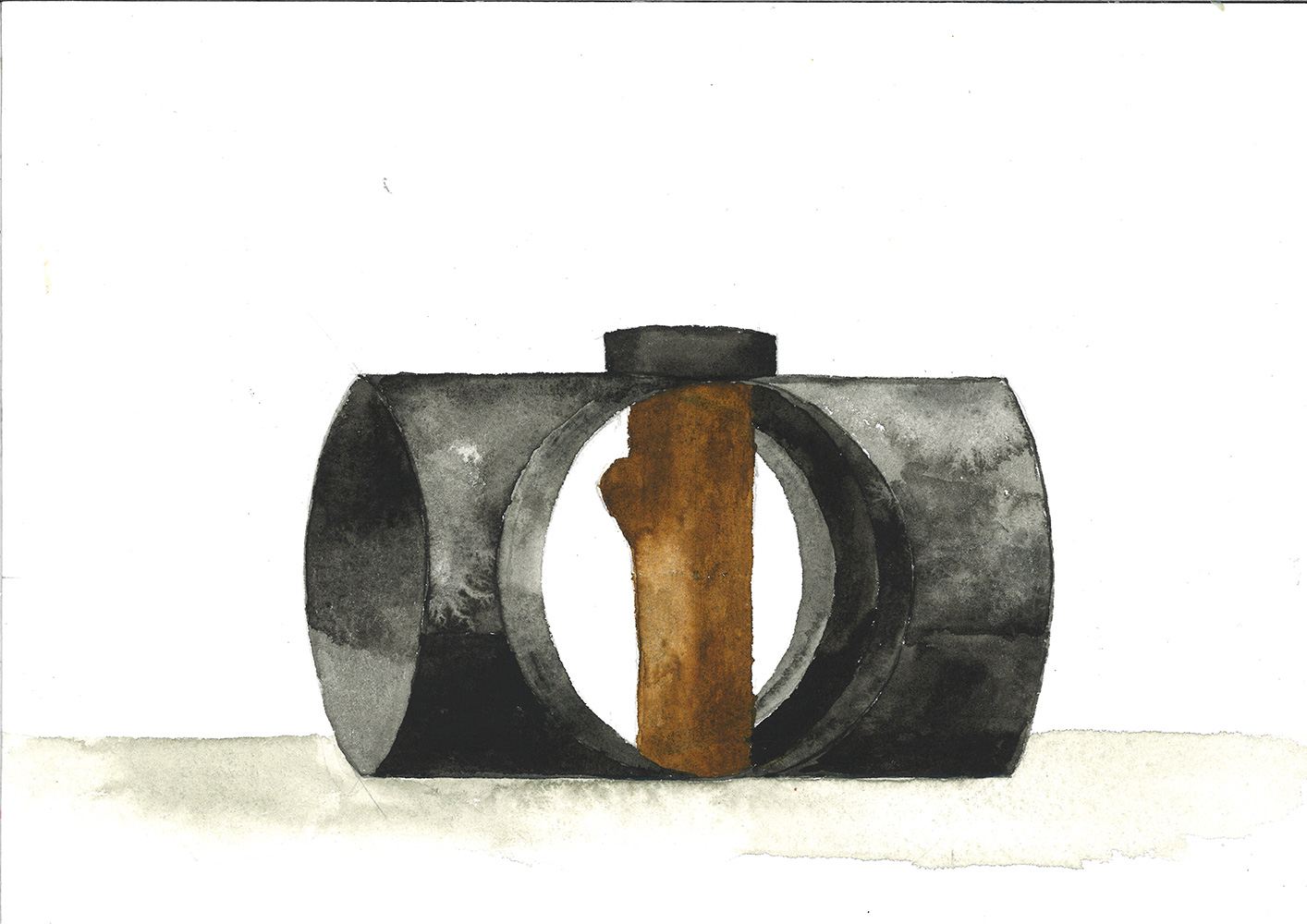United States
Oscar
Tuazon


Biography
Born in 1975 in Seattle, Oscar Tuazon settled in Los Angeles after spending several years in New York and Europe. At twenty, he entered Cooper Union for the Advancement of Science and Art before going on to study architecture. The year 2001 proved decisive for Tuazon when he met the American artist-architect Vito Acconci. He would work for Acconci as an assistant for two years while attending the Whitney Independent Study Program of the Whitney Museum in New York.
In 2007, he arrived in Paris for what would be a multiyear stay; there he cofounded castillo/corrale, a “non-profit contemporary art venue” that boasted a bookstore, an exhibition space, and a publishing house, as well as a collective that included artists and curators. Also in 2007, Tuazon was awarded the Seattle Art Prize and the Betty Bowen Award, and opened his first important solo exhibition in Oslo, Norway. His work has been shown at the Venice Biennale and the Whitney Biennial, and is regularly seen in Europe and the United States.

About the artworks
Oscar Tuazon is a sculptor whose artworks in wood, concrete, and steel never go unnoticed; they have a sure way of making their presence felt. They are minimalist constructions that are unabashedly upfront – the result of working with engineers, technicians, and laborers – and little encumbered with any sort of discourse, although they often draw on a particular narrative, situation, or context. In 2017, for FIAC, the international art fair in Paris, he took over Place Vendôme with his Colonne d’eau, a horizontal echo of the eponymous historical colonne d’eau, or water column. As these watercolours show, the sculpture is divided into four water-conveying elements – thermoplastic pipes whose diameter is large enough to allow an adult to walk inside them – arranged around the classic French square in the capital.
Sticking through them were the trunks of trees that had been cut down in the Bois de Vincennes, the park on Paris’s east; these industrial elements, designed to handle flooding and runoff water at the city level, usually form an underground network that makes life on the surface possible. So it was on the surface that the American artist showed them to the public. Water – suggested by its obvious absence – and trees – a biological indicator of the health of an ecosystem – are tokens of the water “inventory” we all depend on. Unless the tree sticking up through the pipe is a metaphor of nature getting the upper hand over industrial activity. Whatever the meaning, Tuazon, taking care to make the work interactive, invited viewers to go through his installation in order to become aware of the inequalities around the world when it comes to accessing fresh water. Los Angeles, the artist’s adopted city, is the prime example of a modern city located in an arid region and hence subject to shortages.
The artworks
02
Une colonne d’eau, 2017
6 watercolours
6 pieces:
3 of 24 x 32 cm
2 of 17 x 24 cm
1 of 24 x 17 cm
Une colonne d’eau, 2017
6 watercolours
6 pieces:
3 of 24 x 32 cm
2 of 17 x 24 cm
1 of 24 x 17 cm

Une colonne d’eau, 2017
6 watercolours
6 pieces:
3 of 24 x 32 cm
2 of 17 x 24 cm
1 of 24 x 17 cm
Une colonne d’eau, 2017
6 watercolours
6 pieces:
3 of 24 x 32 cm
2 of 17 x 24 cm
1 of 24 x 17 cm

